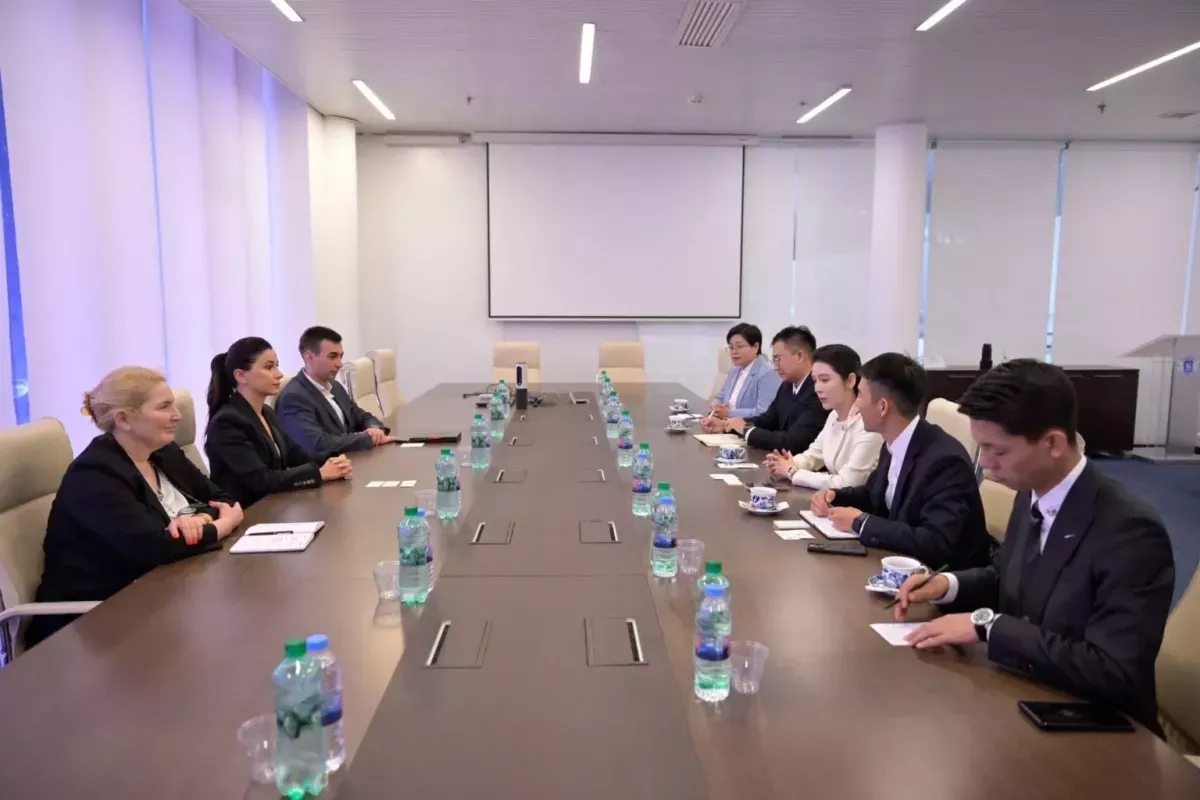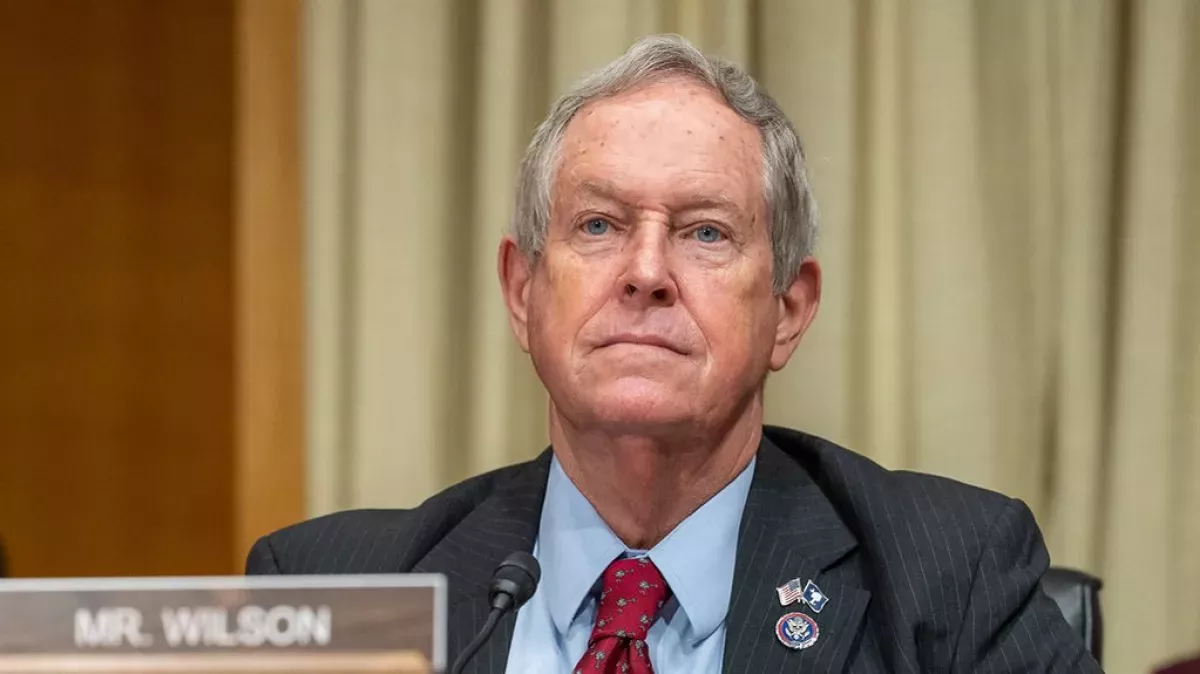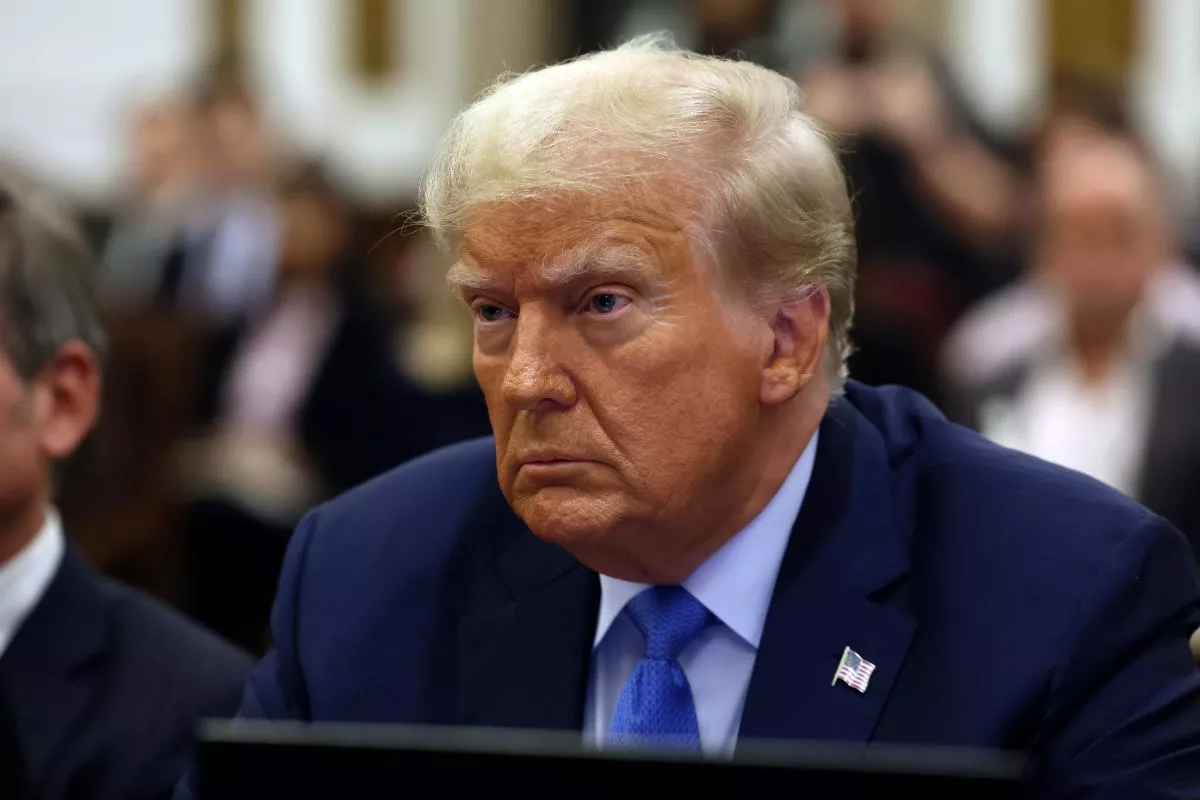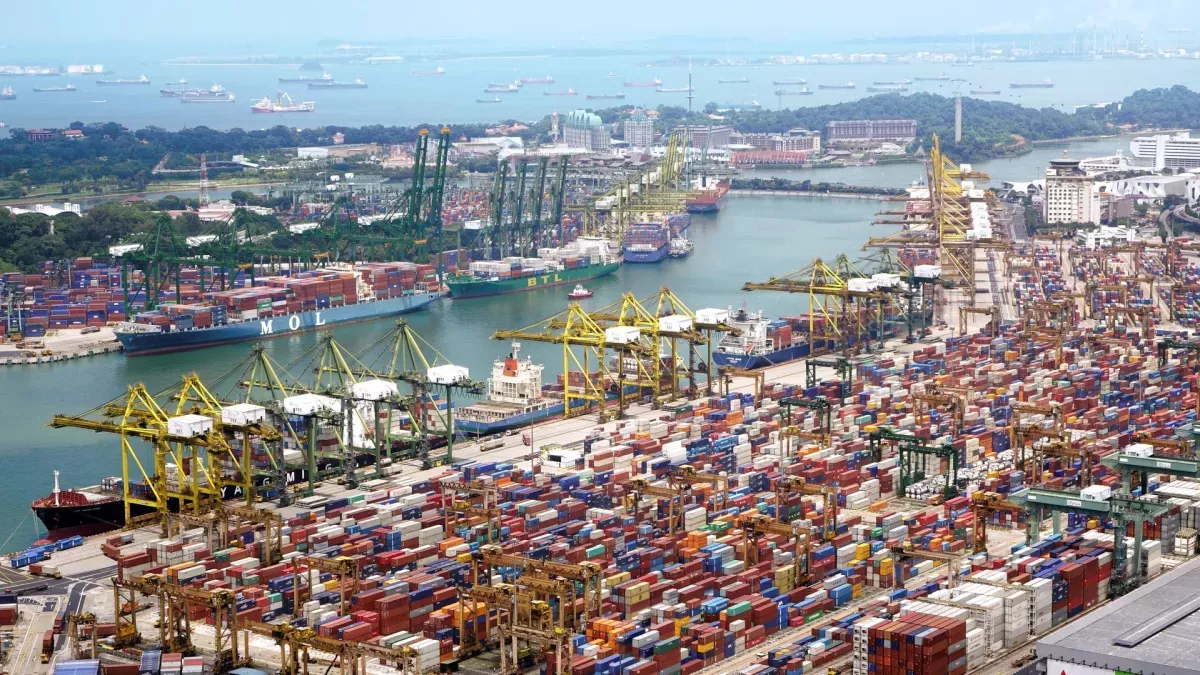Georgia’s opposition shifts focus from Russia to China and U.S. Middle Corridor, Zangezur highlight pragmatic collaboration
The pro-Western opposition in Georgia, along with its lobbyists in the United States, has begun shifting its rhetoric from anti-Russian to anti-Chinese. Whereas they previously accused the ruling Georgian Dream party of allegedly “defending Russian interests,” following news of the meeting between the U.S. and Russian presidents in Alaska, experts have started discussing the prospects for Russian–American cooperation. Consequently, the Georgian authorities are now accused of “excessive orientation towards China.”

On August 14, 2025, Georgia’s Ministry of Economy and Sustainable Development issued a press release reporting that the Chinese energy company Zhongbo Group was exploring investment opportunities in the country.
Mariam Kvrivishvili, Georgia’s Minister of Economy and Sustainable Development, stated that during meetings with representatives of the Chinese company, she discussed the investment appeal of Georgia’s energy sector, its strategic development plans, ongoing reforms, and key projects. U.S. Representative Joe Wilson, known for supporting the disruptive activities of the Georgian opposition, reacted to these developments.
Commenting on the discussions between Zhongbo Group and the Georgian Ministry of Economy and Sustainable Development regarding potential Chinese investment, Wilson wrote on his X social media page:

"The anti-American Georgian Dream regime boasts on their own propaganda station of seeking energy 'investment' from the Chinese Communist Party. China trying to lock the USA out of the Middle Corridor. Armenia-Azerbaijan peace is a huge step but South Caucasus peace and prosperity are in danger if China dominates Georgia! "
Even a U.S.-facilitated breakthrough in the peace process between Azerbaijan and Armenia, and the agreement to open the Zangezur Corridor, is being woven by forces betting on “revolution” and “Maidan” in Georgia into a broader narrative of an alleged “China–U.S. rivalry” in the South Caucasus. Yet it remains unclear on what basis Wilson claims that “China is attempting to exclude the U.S. from the Middle Corridor”: there has been no statement by Chinese officials opposing U.S. involvement in the development of this route.
Beijing has long pursued the opening of the Zangezur Corridor. That this corridor is being opened with U.S. involvement changes nothing in principle. From the outset, China has sought to establish “insurance” routes along the Middle Corridor, ensuring access for its goods to European markets not only in the South Caucasus region.
In Central Asia, beyond the existing railway through Kazakhstan, construction has begun on a route from China through Kyrgyzstan and Uzbekistan. Similarly, in the South Caucasus, to mitigate risks for the Middle Corridor, an alternative passage through Zangezur is required alongside the main route through Georgia. The fact that this corridor is opening with U.S. participation is entirely consistent with Chinese interests, not contrary to them.
As for Georgia, China, through its active investment policy, has never questioned the legitimacy of the Georgian authorities, nor has it sought to forcibly change the country’s government. Beijing does not interfere in Georgia’s internal affairs, does not impose an LGBT agenda, and does not attempt to involve the country in war with Russia.
By contrast, it was the EU and the previous U.S. administration under Joe Biden that sought to impose such scenarios on Georgia. The strategy relied on organising a “Maidan” in the country and opening a “second front” of the Ukrainian war on Georgian soil.

However, following the election of Donald Trump as President of the United States, the situation changed. Funding for “revolutionary” NGOs in Georgia via USAID was halted, and Trump himself pursued a policy of freezing the Russia–Ukraine war rather than expanding hostilities. For Trump, who is facilitating the opening of the Zangezur Corridor, there is absolutely no need for a “second front” in Georgia.
Undoubtedly, geopolitical competition between the U.S. and China exists; however, Washington today does not obstruct Chinese investment activity, not only in Georgia. Worldwide, the construction of infrastructure and energy projects increasingly relies on Chinese technology and equipment. The largest projects in China are carried out with lower costs than competitors, making Chinese investment attractive for developing countries.
In Africa, the largest infrastructure projects are implemented with Chinese involvement. China is also actively investing in Latin America, traditionally considered a U.S. sphere of influence. In Peru, the deep-water port of Chancay—the first Chinese-owned port in South America—was constructed. Located 80 km from Lima, it is 60% owned by Cosco Shipping Ports and 40% by the Peruvian company Volcan Compañía Minera. China has already invested $1.3 billion in the project, planning to increase investment to $3.5 billion. The Peruvian Congress even passed legislation granting Cosco exclusive operational rights over the port. In its first phase, the port will handle around one million containers annually, with projected revenue of $4.5 billion per year and over 8,000 jobs created.

The U.S. did not prevent the construction of the Chancay port and has no intention of doing so. Accordingly, the claims of Georgia’s “pro-European” opposition—that the U.S. is “categorically opposed” to Chinese participation in building the deep-water port in Anaklia—appear unfounded.
Washington understands perfectly well that few companies can construct Middle Corridor infrastructure faster, better, and more cheaply than Chinese firms. Actual U.S.–China cooperation in developing modern transport infrastructure and opening alternative Middle Corridor routes serves Europe’s interests.
Despite rhetoric about a “Chinese threat,” European countries are actively expanding trade with Beijing and allowing the establishment of Chinese manufacturing on their territory. For example, the Chinese company BYD is constructing its first European electric vehicle plant in Szeged, Hungary, where production of electric vehicles and plug-in hybrids is set to begin by the end of 2025.
CATL, in collaboration with Stellantis, is establishing a battery production facility in Zaragoza, Spain, having already built plants in Erfurt, Germany, and Debrecen, Hungary. No significant protests have arisen in the EU regarding these developments, despite Brussels’ long-standing protectionist policies in the automotive sector.
The development of new transit routes, including the Middle Corridor, objectively contributes to global economic integration. That this process involves Chinese investment and technology does not provoke open opposition from either the U.S. or the EU.
Vladimir Tskhvediani, Georgia, specially for Caliber.Az








